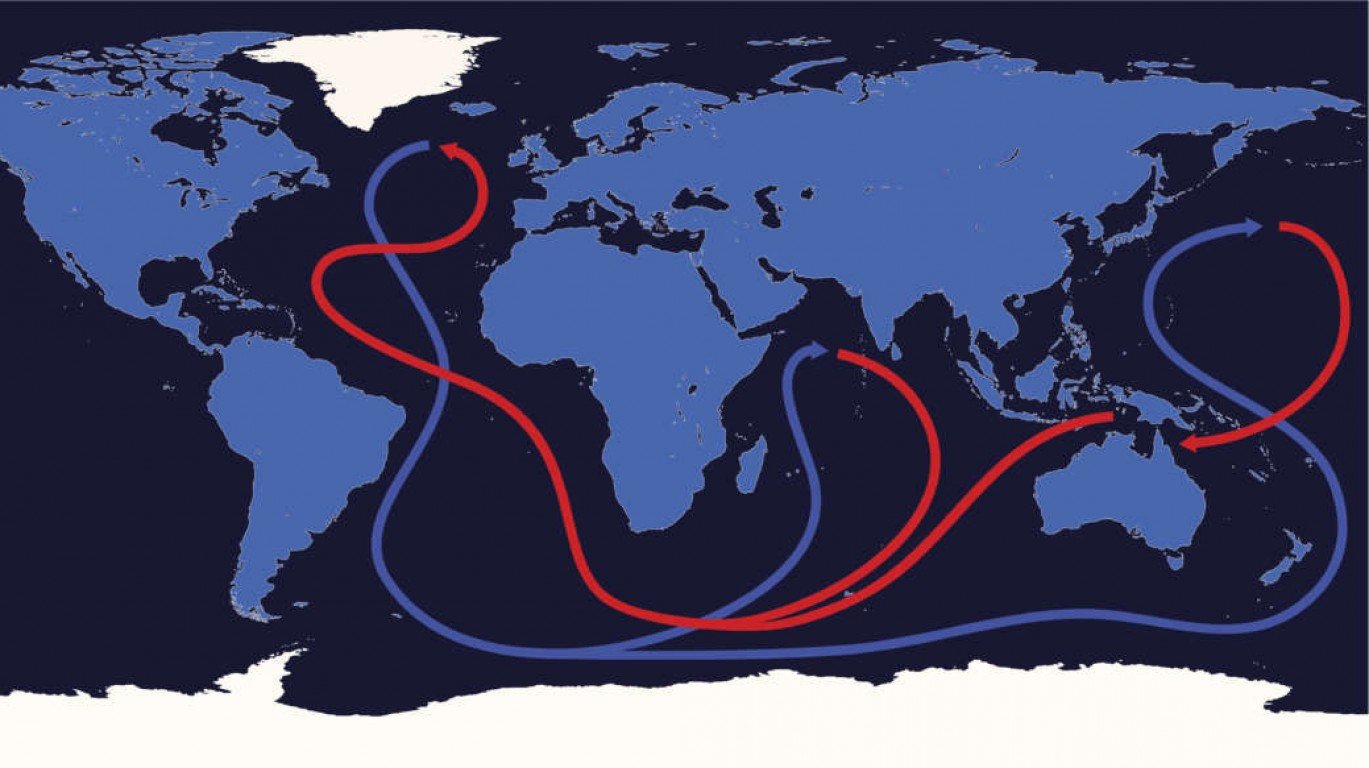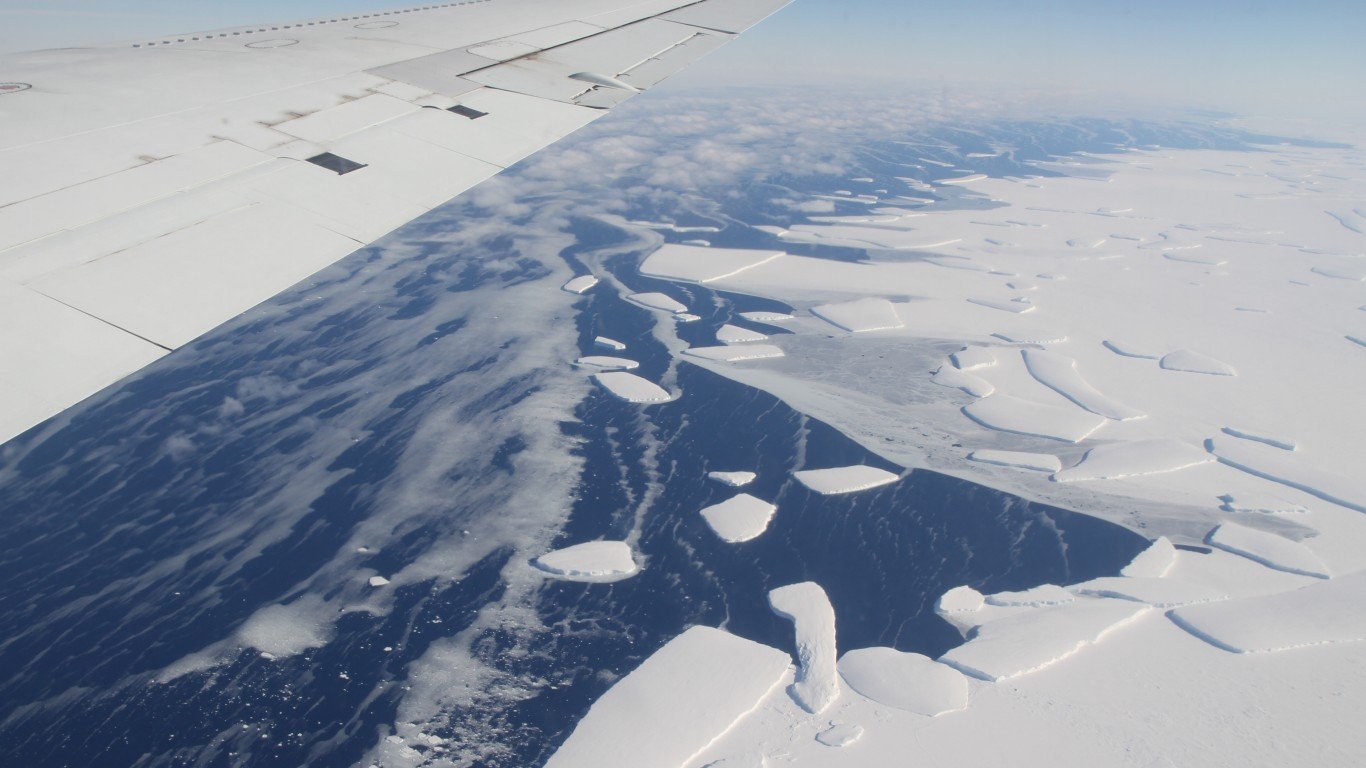6. Atlantic Ocean
> Tipping point: Slow down of circulation
The Atlantic Meridional Overturning Circulation, or AMOC, is a complex network of currents in the Atlantic Ocean that delivers warmer tropical waters north and cooler waters south in a giant conveyor belt between the Americas and Europe/Africa. Global warming and changes in seawater salinity is weakening the AMOC. This slowdown is one reason why areas of the North Atlantic can experience colder winters as the AMOC weakens.
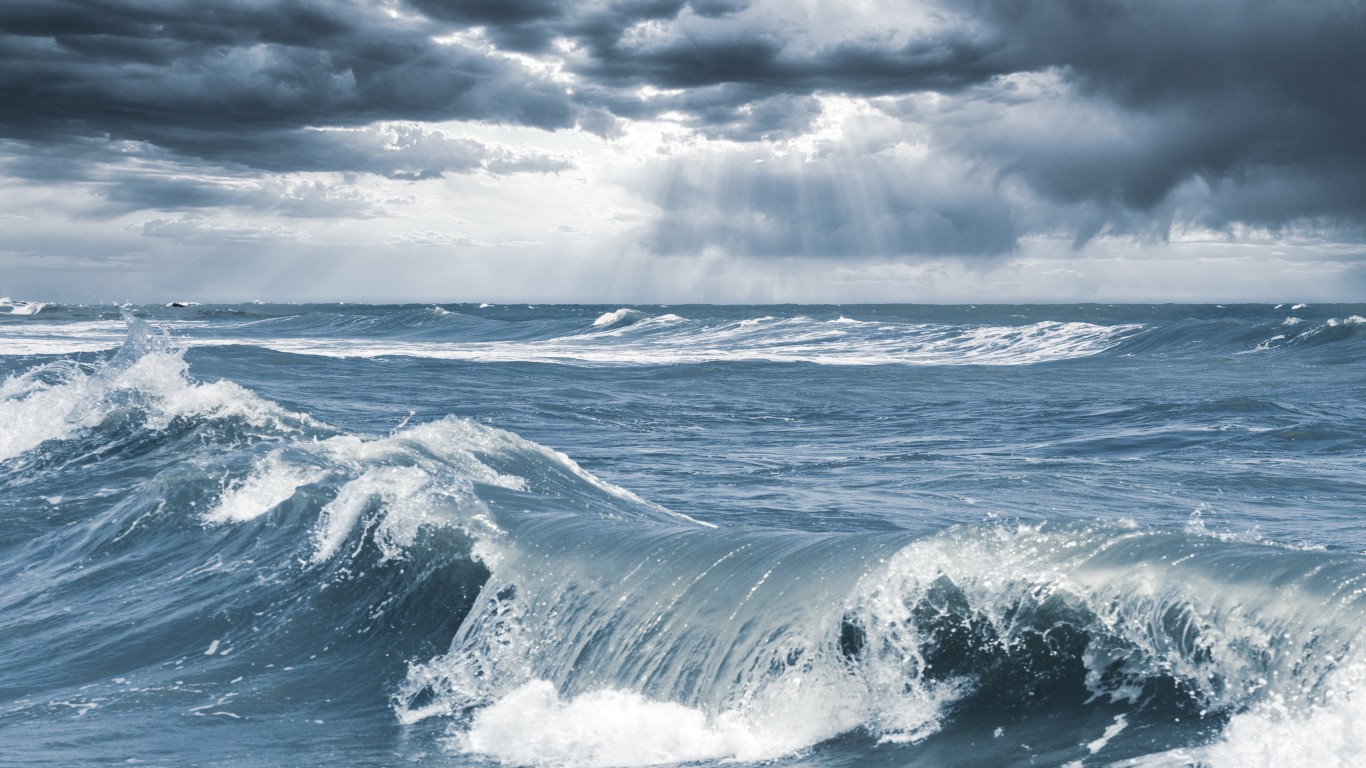
7. Indian Ocean
> Tipping point: Global monsoons destabilizing rain patterns
As the Atlantic Ocean is becoming profoundly changed by global warming, on the other side of the world the situation may be worse. Human-caused climate change threatens to re-awaken a geologically ancient weather pattern that makes monsoons stronger and droughts more frequent as Indian Ocean temperatures become more volatile. This would disproportionately affect the world’s most vulnerable to climate change.
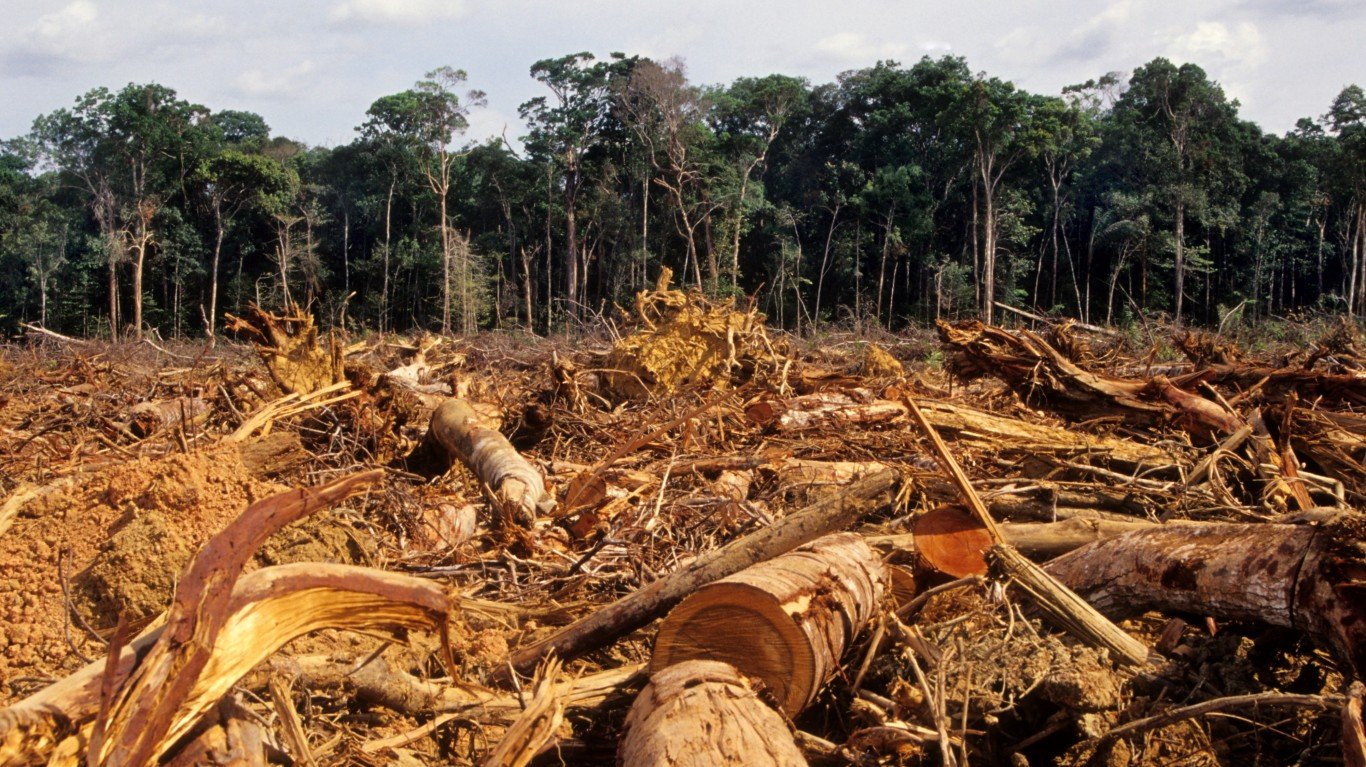
8. Amazon Basin
> Tipping point: Drought and dieback
Far away from the sub-Arctic environmentally important boreal forests of Canada, Alaska, and Russia is the Amazon Basin that covers a massive area across eight South American countries. This region has played an outsize role in storing the world’s carbon dioxide into its ecosystem. But deforestation and climate change are increasing droughts and dry seasons. As rainforest is turned into savannah by these forces, with devastating effects to its biodiversity in a phenomenon known as “dieback,” more carbon is being released while the Amazon Basin’s ability to absorb carbon is greatly diminished.
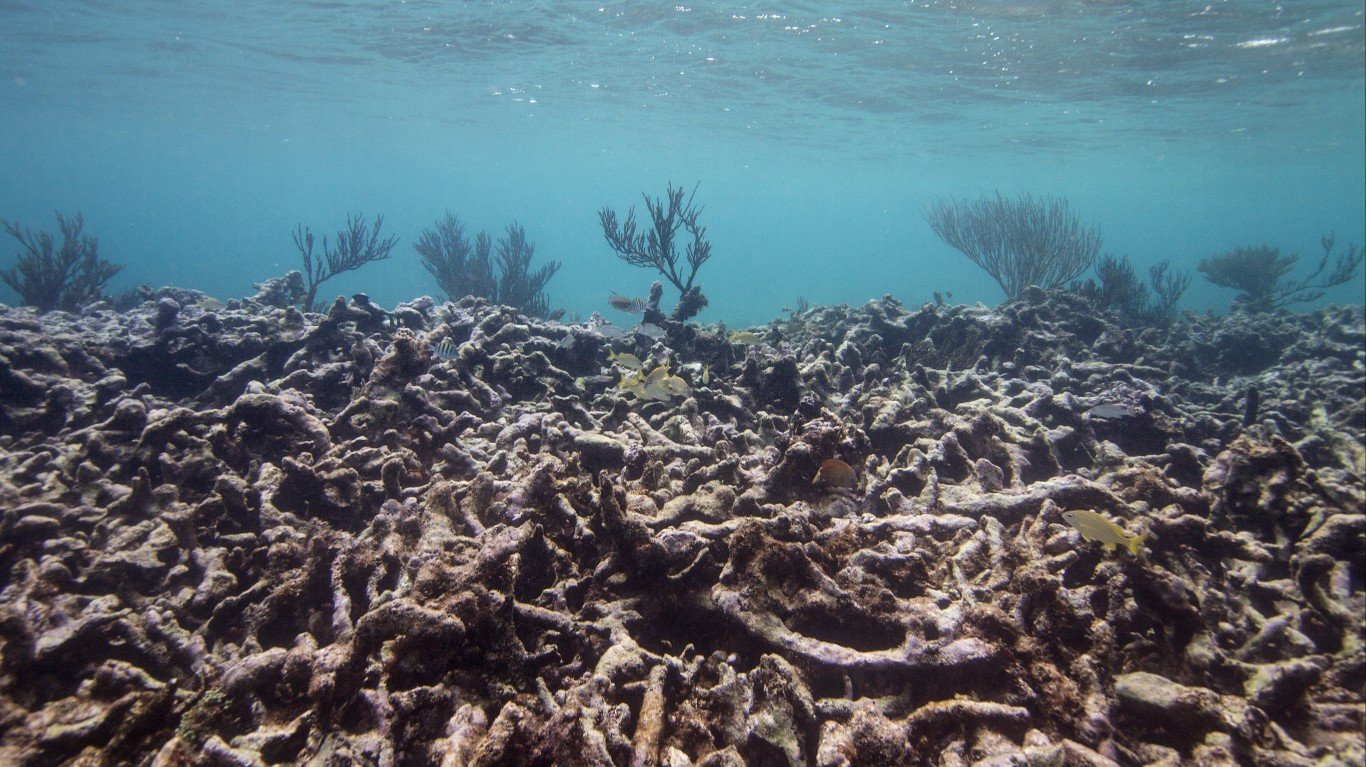
9. East coast of Australia
> Tipping point: Large scale die-off of coral reefs
The bleaching of Australia’s vast coral reef system along its eastern coast is caused by global warming. Coral reefs, which are often referred to as “rainforests of the sea” are among the most vulnerable to climate change and changes in water acidity. The world’s oceans have been absorbing large amounts of carbon dioxide, which increases the water acidity. Reefs support local tourism and the commercial fishing industry. They also protect coastlines from flooding during extreme storms.
10. East and West Antarctica
> Tipping point: Ice shelf loss
Though NASA says Greenland loses almost twice as much ice than the Antarctic, the warming of both polar environments — one in the north and the other in the south — is contributing massively to sea level rises. Ice shelves are enormous ice sheets that hug the land, and the Antarctic has many of them. In March, an ice shelf the size of New York City collapsed off East Antarctica. It was the first time humans had observed this phenomenon on the continent.
